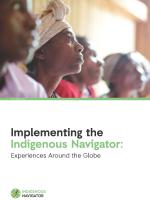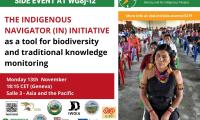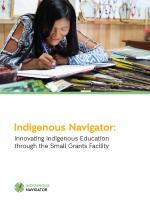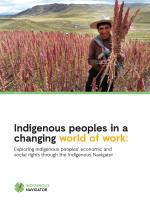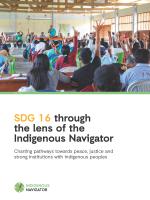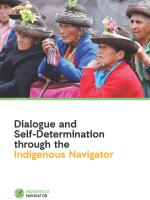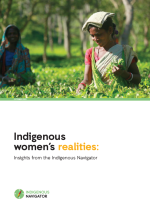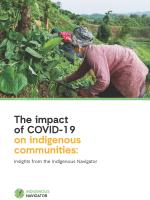Kenya
In Kenya, the peoples who identify with the indigenous movement are mainly pastoralists and hunter-gatherers, as well as some fisher peoples and small farming communities. Pastoralists are estimated to comprise 25% of the national population, while the largest individual community of hunter-gatherers numbers approximately 79,000.
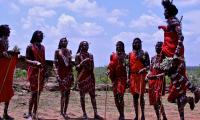
In Kenya, the peoples who identify with the indigenous movement are mainly pastoralists and hunter-gatherers, as well as some fisher peoples and small farming communities. Pastoralists are estimated to comprise 25% of the national population, while the largest individual community of hunter-gatherers numbers approximately 79,000.
Pastoralists mostly occupy the arid and semi-arid lands of northern Kenya and towards the border between Kenya and Tanzania. Hunter-gatherers include the Ogiek, Sengwer,Yiaku, Waata, Awer (Boni). While pastoralists include the Turkana, Rendille, Borana, Maasai, Samburu, Ilchamus, Somali, Gabra, Pokot, Endorois and others. They all face land and resource tenure insecurity, poor service delivery, poor political representation, discrimination and exclusion. Their situation seems to get worse each year with increasing competition for resources in their areas. Kenya’s indigenous women are confronted by multifaceted social, cultural, economic and political constraints and challenges. Firstly, they belong to minority and marginalized peoples nationally; and secondly, they experience internal social cultural prejudices. These prejudices have continued to deny indigenous women equal opportunities to rise from the morass of high illiteracy and poverty levels. It has also prevented them from having a voice to inform and influence cultural and political governance and development policies and processes.
Kenya has no specific legislation on indigenous peoples and has yet to adopt the United Nations Declaration on the Rights of Indigenous Peoples (UNDRIP) and ratify International Labour Organization (ILO) Convention 169 (CERD) and the Convention on the Rights of the Child (CRC). Chapter Four of the Kenyan Constitution contains a progressive Bill of Rights that makes international law a key component of the laws of Kenya and guarantees protection of minorities and marginalized groups. Under Articles 33, 34, 35 and 36, freedom of expression, the media, and access to information and association are guaranteed.
However, the principle of Free, Prior and Informed Consent (FPIC) remains a pipedream for indigenous peoples in Kenya.. However, Kenya has ratified the International Convention on the Elimination of All Forms of Racial Discrimination (ICERD), the Convention on the Elimination of Discrimination against Women (CEDAW), the International Convention on the Elimination of All Forms of Racial Discrimination.
